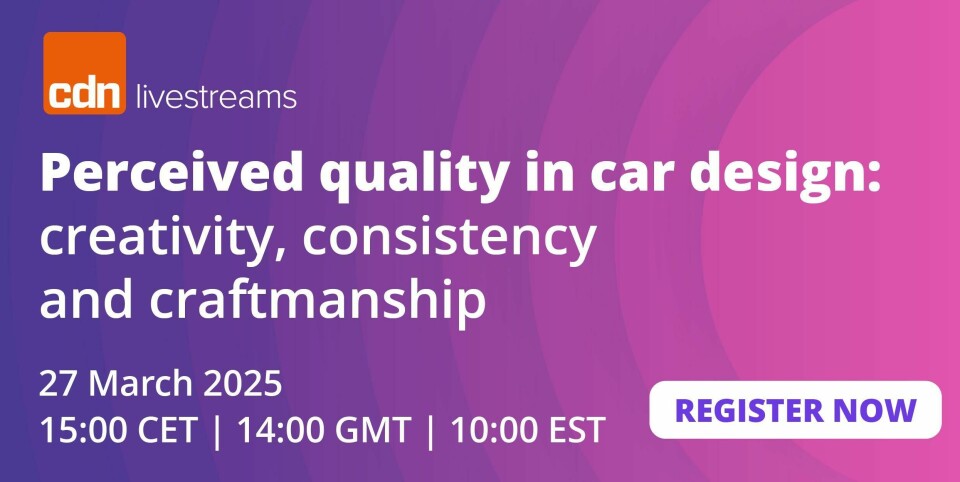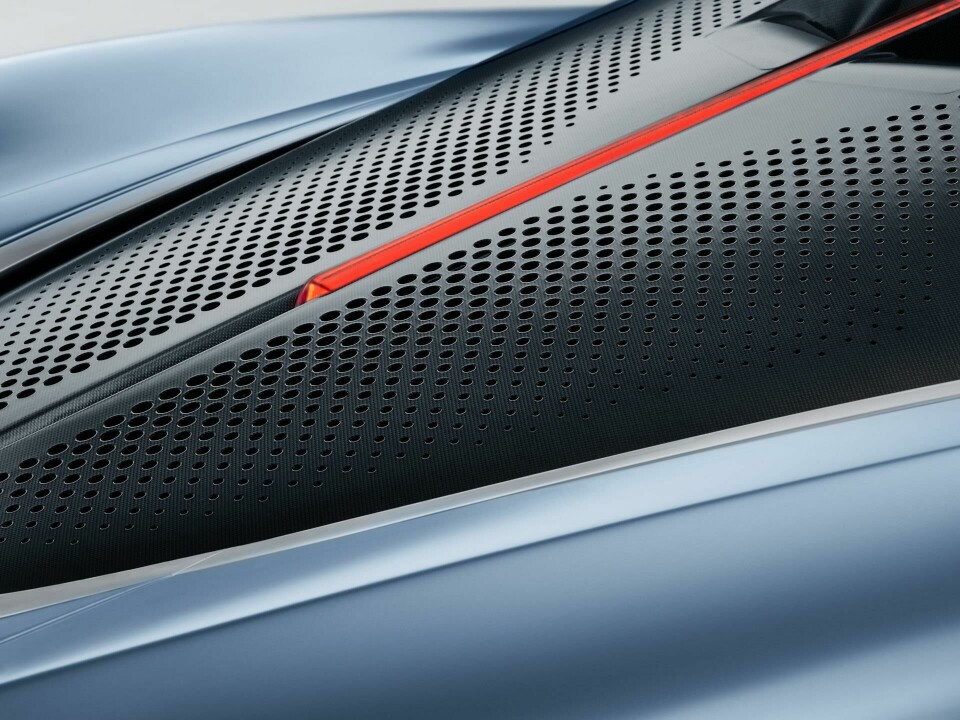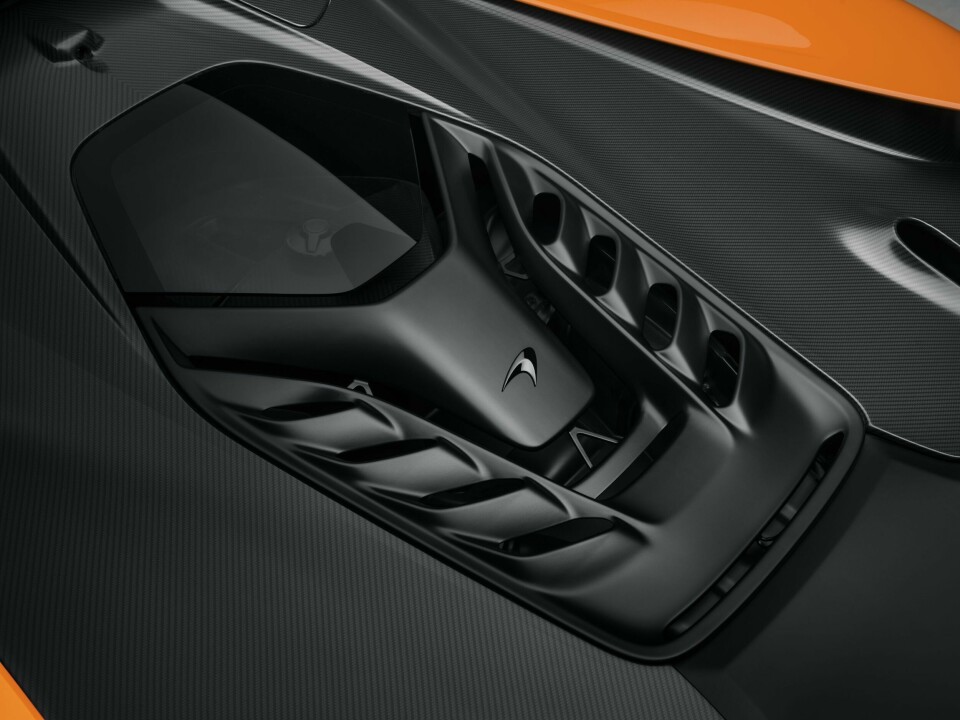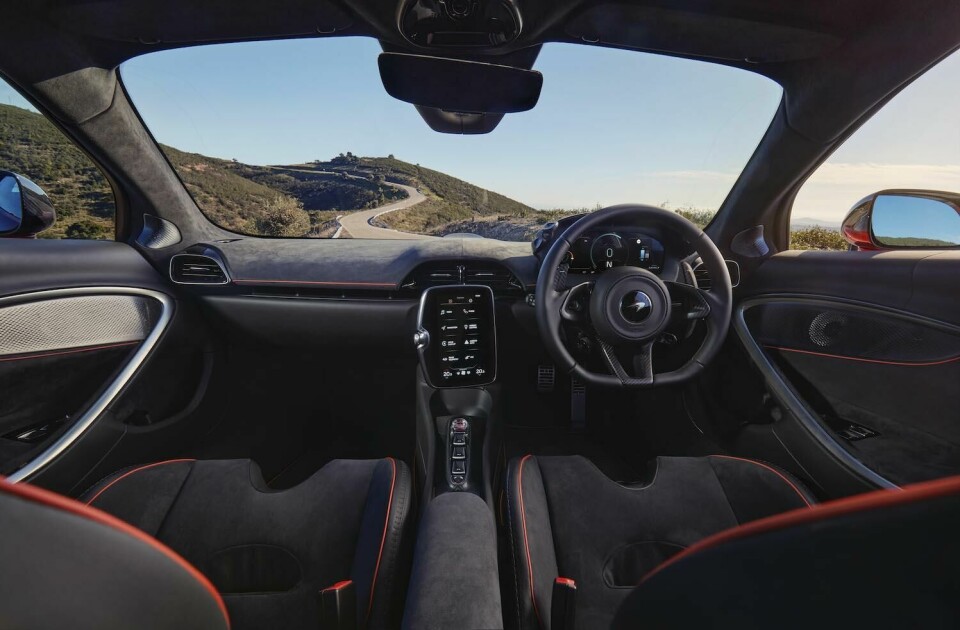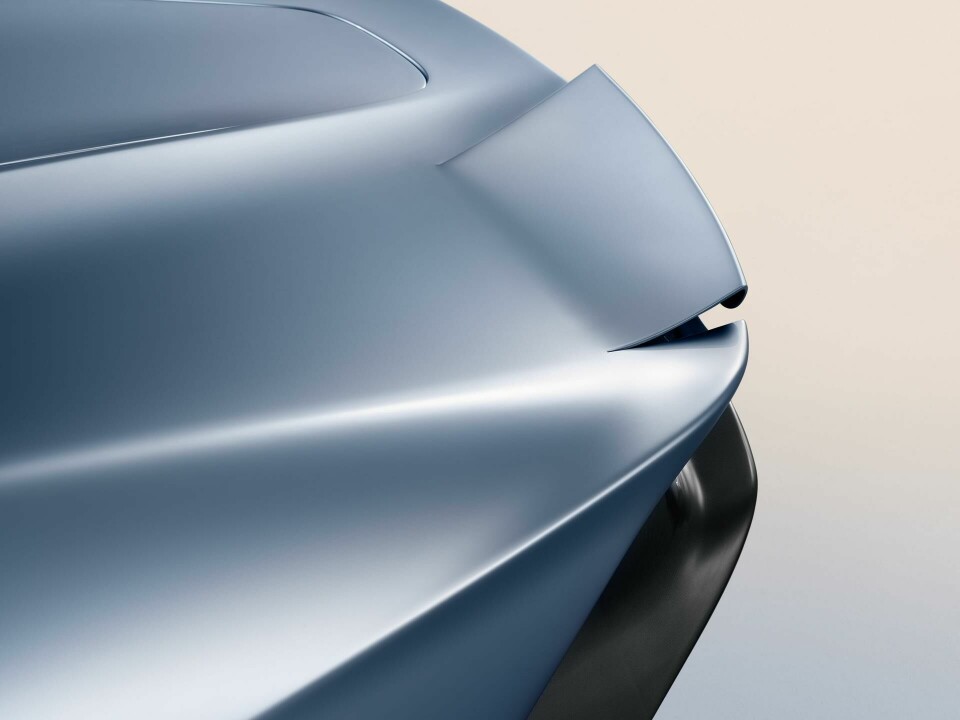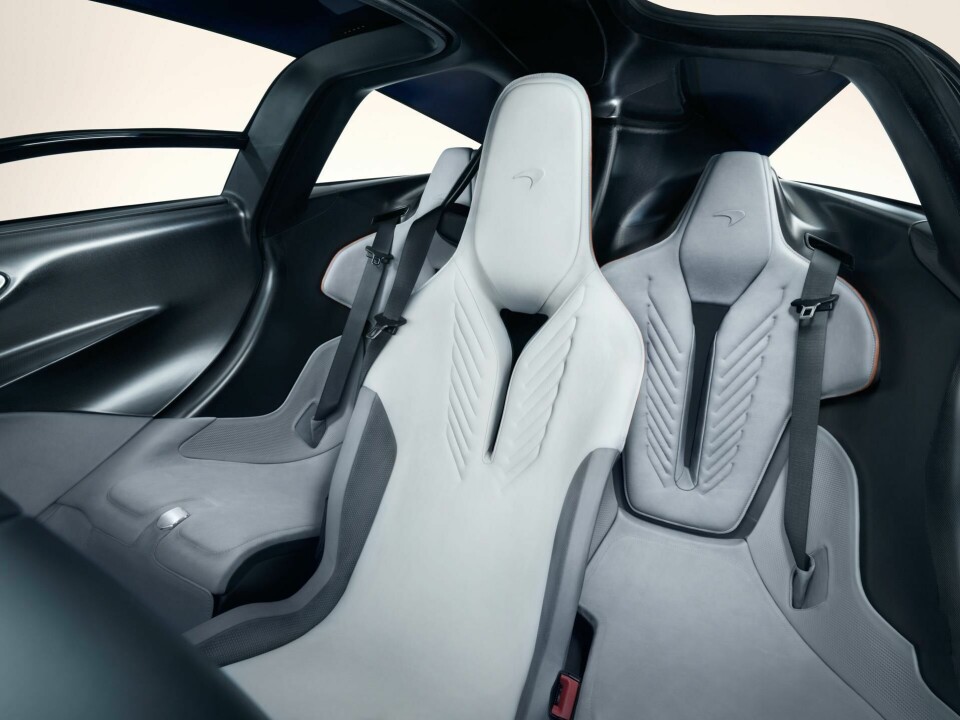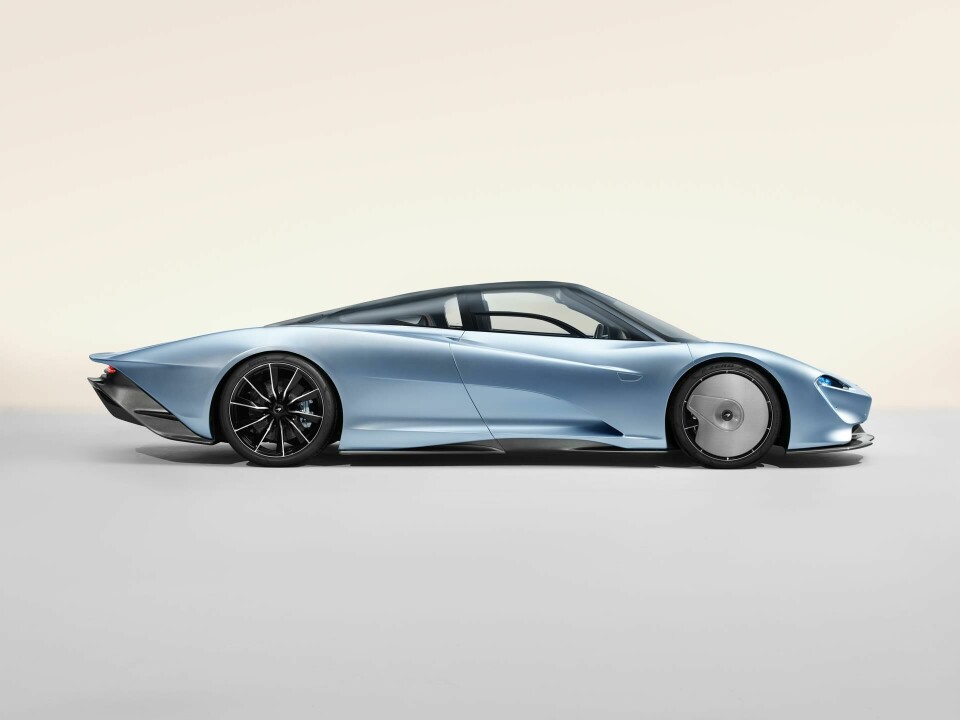
Interview: Madalina Marcu, head of product quality, McLaren
What are the nuances for perceived quality between high and low volume car brands? We spoke to someone who has worked on both sides
Like car design, the route into automotive perceived quality is not exactly straightforward. For Madalina Marcu, head of product quality at McLaren, her career began as a computer science engineer before transitioning into graphic design at Renault, translating engineering details into visuals that could be used by marketing.
Marcu was later tasked with creating a perceived quality department in Bucharest, which would kick off her specialism in the field of PQ. After a move to JLR, Marcu joined McLaren and now heads up a team in the UK. We caught up with Marcu last year as part of a wider feature, and for our January focus on PQ we can share an extended excerpt of that conversation which focussed on the nuances between high and low volume brands.
Marcu and other PQ experts will be joining us for a livestream in March. You can register for that livestream now.
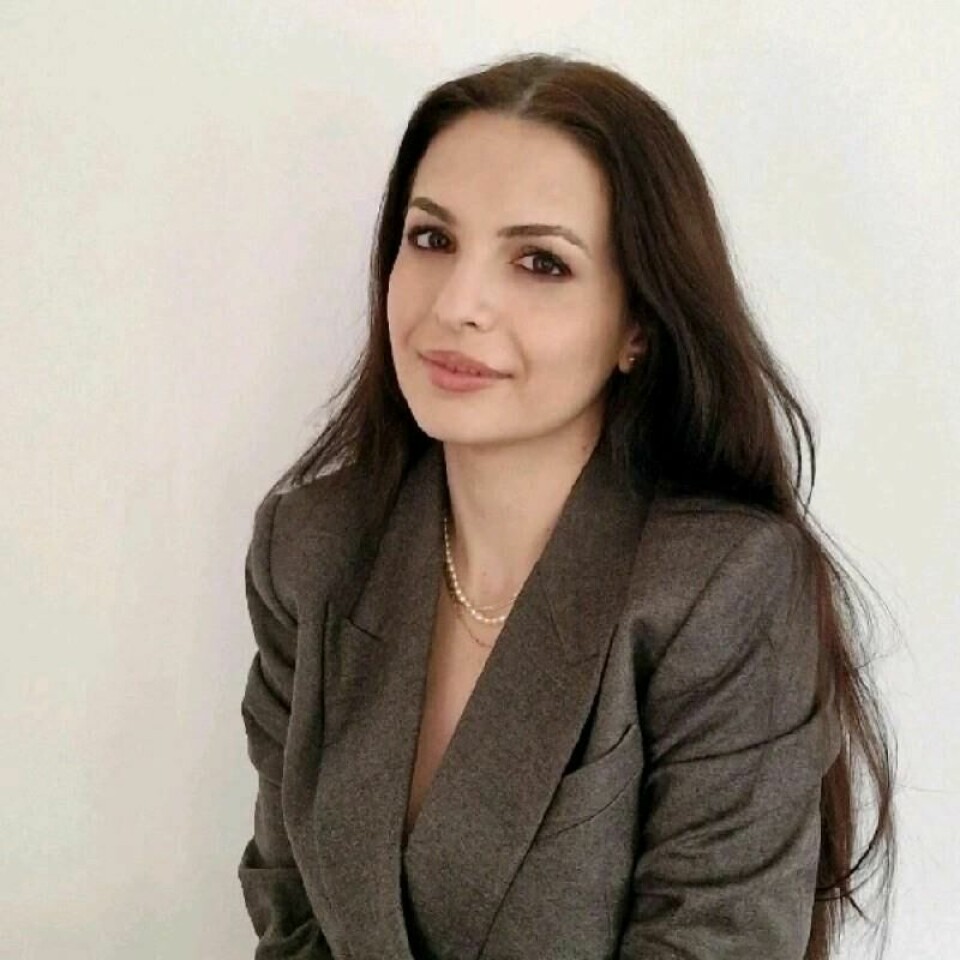
Car Design News: How would you describe perceived quality?
Madalina Marcu: For me, perceived quality is a very broad term and it can be interpreted very differently from one product to another. In the automotive industry there are numerous ways to implement it, often with a big emphasis on gap and flush.
At McLaren we take a more holistic approach, balancing gap and flush and craftsmanship elements along with other factors such as sound, touch and feeling, to focus on the right cognitive elements. This means creating a harmony across everything, from switches to the appearance of paint, and having robust standards in place across the entire business, to ensure everything is of the highest quality. It’s a collective mindset and approach.
CDN: How has the nature of perceived quality evolved since you first came into the field?
MM: The traditional way of embedding perceived quality centred on craftsmanship, but I think it is developing into more of a cognitive field. We have the technology today to deliver to the best standards, and allied to this we have incredible supplier capabilities. The standards of executing at the highest levels are really well defined, and perceived quality is evolving to become more trend based; the topic of material sustainability is an example of this change in customer expectation.

We are stepping into a very technological area in automotive too, with the level of tech integrated into cars continuing to increase. It presents a new area of focus for PQ. The challenge here is to integrate new elements in a way that does not detract from the driving or ownership experience for the customer.
At McLaren we consider all these aspects, and examine perceived quality on a region-by-region level to build our global standards. For example, the Japanese market is especially demanding from a PQ perspective; in China, the enrichment level needs to be almost to an opulent status, whereas if you look at how things are perceived in Europe or America, customers are more interested in the quality of the driving experience. Everything is considered.
It should be a collaborative process with design, engineering, product, manufacturing and marketing
CDN: In the early days, was perceived quality reporting to engineering or was it reporting to design – was there a hierarchy there?
MM: Traditionally, perceived quality sits in engineering, but throughout my years in McLaren I have reported to both the design studio and the quality functions. Regardless of the position of PQ within a business, it is best practice to execute and deliver on perceived quality as a core value of the entire organisation; it is key that it is a collaborative process with design, engineering, product, manufacturing and marketing.
I have never experienced, or been aware of, an OEM allocating a budget to modify tools or update or release a part specifically to a perceived quality department. So you are always depending on someone else. As such, you need to influence the design process as soon as you can, and so the solution to a problem comes for free as it happens before the product is released.
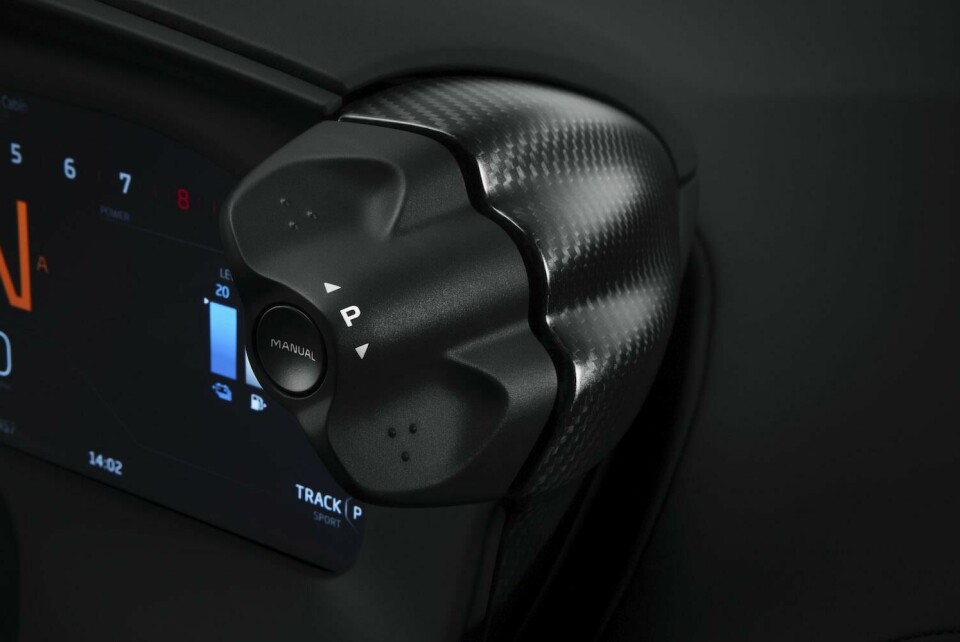
CDN: How do you work with those other two teams exactly?
MM: In order to define a perceived quality strategy, you must be close with those teams. You can’t win every argument and solve all quality issues, all perceptions, everything, so you need to prioritise. In order to do that, you really need to understand the product, its intent, the market and the customer. By working with these different teams, we build an understanding that means we can anticipate the psychological outcomes of our work.
CDN: You have worked at Renault in the past and you’re at McLaren now. Those are two very different markets and production volumes. How do the strategies differ between a premium brand and one in the mass market?
Prioritise the factors that allow you to deliver to the right standard
MM: Good execution is good execution – that has to be the expectation for any PQ strategy. The differentiation comes at a content and technology level. The difference between a high-volume car manufacturer and McLaren is that with a higher volume there is more opportunity to collect data, and therefore a better understanding where any maturation needs to happen in the tooling.
When you have limited volumes, like with a supercar, you are talking about parts that are very complex, very expensive, made from carbon fibre and lightweight metals. There is less carryover content between cars. Nonetheless, the expectation for execution is the same, you need to tackle the factors that enable you to deliver the right standard. You need to consider more the capability of the manufacturing plant and the expertise you have in house.
CDN: Hand-built products are generally respected for their craftsmanship, with variations not so much seen as flaws but unique identities. But in a mass market car, would that “character” be seen as a defect?
MM: Having something that is hand-built compared to a product that is automated and going to a million people gives a uniqueness that’s appreciated by ultra-high net worth individuals buying in the supercar price range. So it’s a different proposition to a volume car. Every vehicle manufacturer has its own PQ standards aligned with customer requirements and these will include what is acceptable in terms of ‘character’.
CDN: So it is almost better to find the sweet spot where standards do not drop between each product, rather than pushing to the very limit?
MM: The advantage of craftsmanship by hand is that you can finesse it, so from the position of a lower volume manufacturer that means we can focus on consistency. Studies show that something looks wrong when it’s inconsistent. Let’s say you want a luxury handbag: what would differentiate it from a high-street brand bag is the consistency of craftsmanship all around the product, rather than for one particular selling point, as both are still products made from the same materials.
